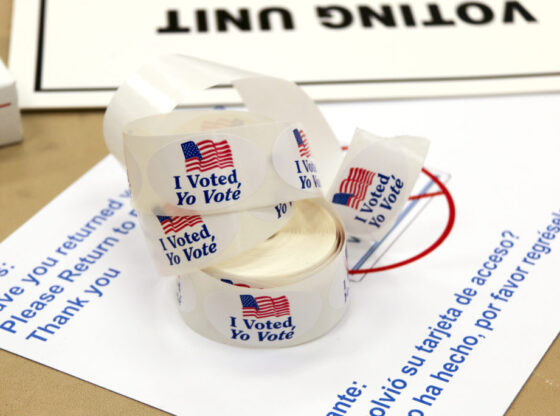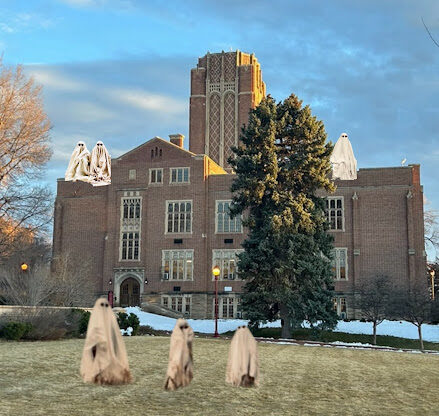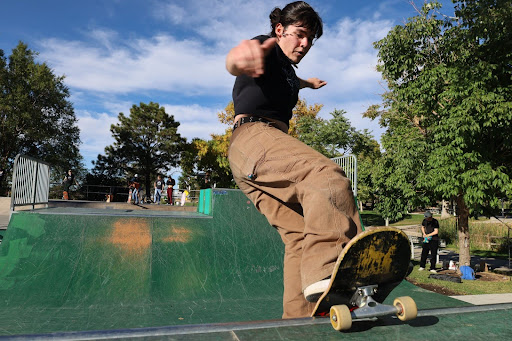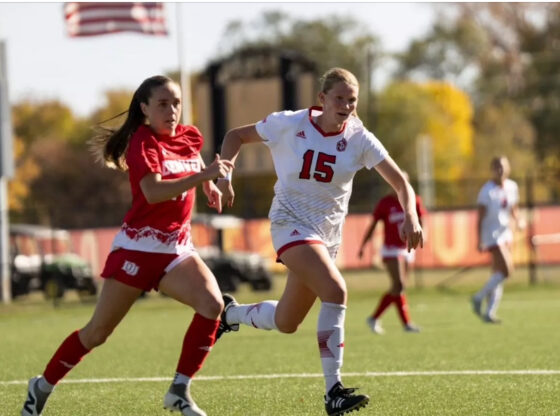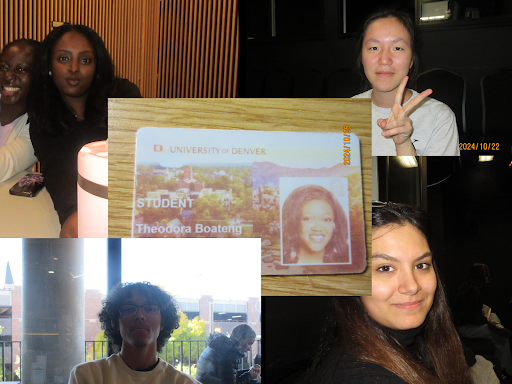More than 40 years ago, Martin Luther King, Jr. helped to lead the fight against segregation in our country. His life and work have been celebrated in our educations, our entertainment and, most obviously, in yesterday’s national holiday.
Many people have come along the way, both before and after Dr. King, in order to end racism in America.
In sports, the most notable would be Jackie Robinson, who in 1947 became the first African-American to play in major league baseball. Exactly 40 years later, Tiger Woods became the first black man to win a major championship in golf by winning the 1997 Masters.
Names like Robinson and Woods are nearly as recognized as King’s himself.
But what about Nat Clifton, Charles Follis and Willie O’ree ?
Who?
This is where the collective sports memory of Americans becomes a little bit hazy.
Though not getting the recognition that Robinson and Woods have received, these three men all broke their own “color barrier” in their respective leagues.
When rule changes to the relatively new National Basketball League allowed for teams to roster black athletes for the 1950-51 season, Clifton became the first black player to ever sign an NBA contact.
Many years earlier, Follis became the first African-American to sign a contract to play professional football. In 1904, Follis signed with the Shelby Blues of the American Professional Football Association, which later became the NFL.
O’ree, despite being legally blind in his right eye, became the first black man to play in the National Hockey League in 1958, when he was called up from the minors by the Boston Bruins.
All three helped to change the perception of the common player in their sport, despite not getting the ink from reporters that Robinson and Woods have gotten.
Every sports fan has heard the stories for the discrimination that Robinson faced in his early years in baseball. From being barred from many restaurants and hotels to being cursed and spit on by bigoted fans, Robinson took the brunt of a racist society in order to pave the way for players after him.
Woods, even with growing up in the 1990s, was still treated like a second-tier citizen in his early years playing. While playing golf at Stanford University, Woods was banned from the clubhouse of a tournament-hosting country club because the club had a rule against minority members. Woods responded by dominating the tournament while his Stanford teammates, in his support, refused to step foot inside the clubhouse.
Today, baseball has many star black players and managers. Golf is becoming a sport not only for the uber-rich with inner city golf programs popping up through out the country.
In the same way, Clifton, Follis and O’ree paced the way for people after them.
The NBA features superstar black athletes, premier black coaches and African-American general managers. Though the leagues logo may feature a silhouette of a white point guard, Jerry West, the face of the league has nearly always belonged to a black player. Today, Lebron James and Kobe Bryant carry the torch where people like Michael Jordan and Magic Johnson left off.
From players like Ladanian Tomlinson and Randy Moss to Michael Strahan and Junior Seau, the NFL featured more than 10 All-Pro minority players in last weekend’s AFC and NFC Championship games, alone.
The NHL has struggled to integrate black athletes more than the other leagues have, but still have had a handful of star players. Grant Fuhr, who played goalie for the dominant Edmonton Oilers teams in the mid- to late-80s, is one of the best at his position of all time.
Others, like Anson Carter, Mike Greer, Bryce Salvador and Ray Emery have been top-tier players in the league in recent years.
In light of yesterday’s holiday, it seems important to know the people that have come before us in order to make the changes that allow so many opportunities today.
These three men, along with Robinson and Woods, have inspired many young minorities in our country to have dreams of becoming anything that they want, dreams of achieving great things; a dream that Dr. King spoke about more than forty years ago.



